
Data analytics involves examining and interpreting large datasets to extract meaningful
insights and support informed decision-making. This responsibility includes tasks such as data exploration,
statistical analysis, predictive modeling, data visualization, and reporting, ensuring organizations can
effectively understand trends and make strategic choices based on their data.

Data engineering involves designing and constructing infrastructure, frameworks,
and processes for large-scale data processing and storage. This responsibility includes tasks such as data
modeling, data warehousing, data wrangling, and data pipelines, ensuring data quality to enable organizations to efficiently
manage and derive insights from their data.

Artificial Intelligence (AI) refers to the simulation of human intelligence in machines, enabling them to
perform tasks that typically require human intelligence. APIs of AI, such as OpenAI APIs, provide developers
with convenient access to AI capabilities, allowing them to integrate advanced AI functionalities into their
applications and services easily.
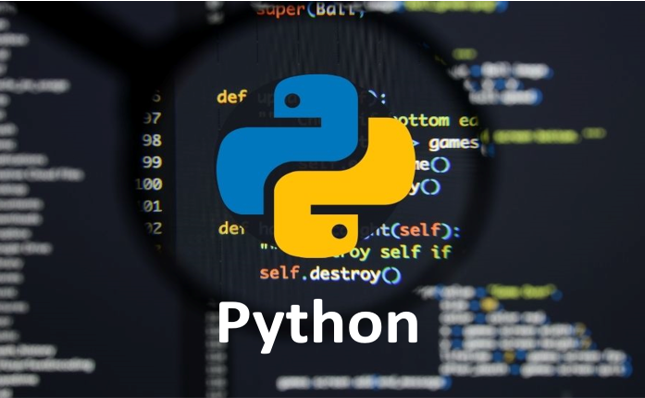
Python is a popular high-level programming language known for its simplicity and readability. It has gained
significant popularity due to its vast ecosystem of packages and libraries, which provide extensive
functionality for various domains such as data analysis, machine learning, web development, and more
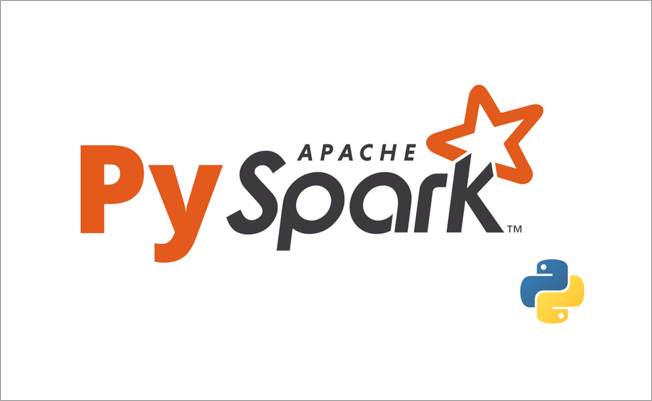
Apache Spark is a fast and versatile distributed computing system. Its PySpark ecosystem,
including Spark RDD, Spark DataFrames, Spark SQL, and Spark ML, enables efficient processing and analysis of
large-scale datasets using Python, with in-memory computing and robust support for machine learning and data
manipulation tasks.
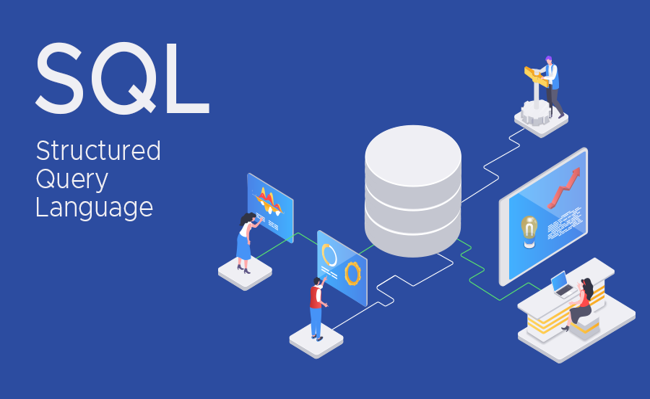
SQL (Structured Query Language) is a powerful programming language used for managing and manipulating
relational databases. It provides a standardised way to interact with databases, allowing users to query,
insert, update, and delete data, as well as define and modify database structures.
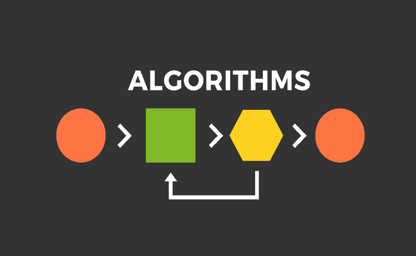
An algorithm is a step-by-step procedure or set of rules designed to solve a specific problem or accomplish a
particular task. It is a fundamental concept in computer science and forms the basis for developing efficient
and effective solutions in various domains, from data processing and machine learning to optimization and
cryptography.

VBA (Visual Basic for Applications) is a programming language utilised to automate tasks and enhance
functionality in Microsoft Office applications such as Excel, Word, PowerPoint, and Outlook Email. It
empowers users to create macros, userforms, user-defined functions, and streamline workflows, making their
work more efficient and productive.

SAS (Statistical Analysis System) is a comprehensive software suite widely used for advanced statistical
analysis, data management, and predictive modeling. With its extensive range of tools and capabilities, SAS
enables organizations to derive valuable insights from their data, make data-driven decisions, and effectively
solve complex analytical problems.
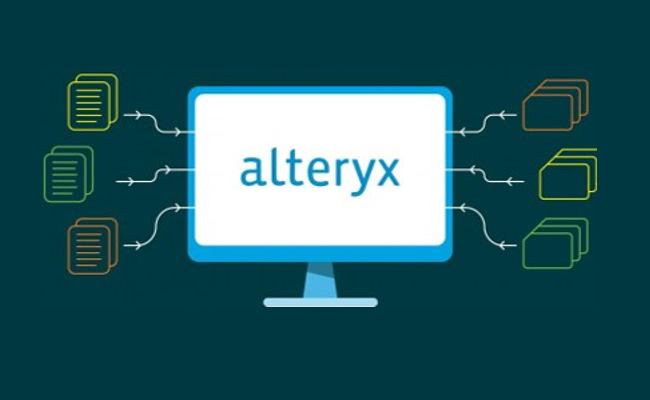
Alteryx is a powerful data analytics and data preparation platform that empowers analysts and data scientists
to efficiently blend, cleanse, and analyse data from various sources. With its intuitive drag-and-drop interface
and extensive library of pre-built tools, Alteryx enables users to gain insights and automate complex data workflows
without requiring extensive coding knowledge.
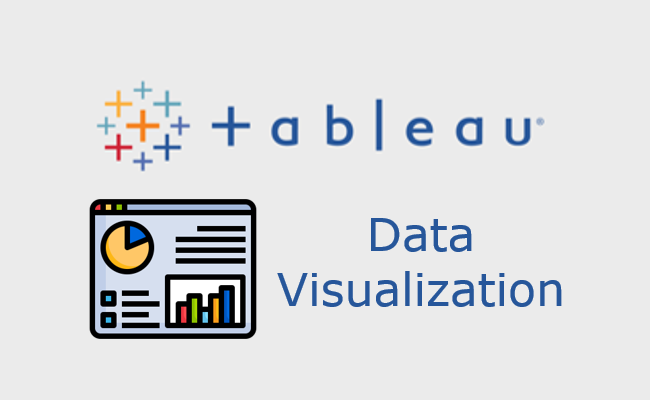
Tableau is a leading data visualisation and analytics platform that allows users to transform complex
datasets into interactive visualisations and dashboards. With its user-friendly interface and powerful
capabilities, Tableau enables organizations to easily explore and communicate data-driven insights, making
it a valuable tool for data analysis and decision-making.

Power BI by Microsoft is a powerful business intelligence platform that transforms
datasets into interactive reports and dashboards. Its user-friendly interface and robust features enable organizations
to analyze and share data-driven insights effectively, making Power BI an essential resource for informed decision-making
and strategic analysis.

UiPath is a prominent RPA (Robotic Process Automation) software that automates tasks, streamlines workflows,
and improves operational efficiency. With an intuitive interface and advanced capabilities, UiPath empowers
organizations to automate business processes across applications, freeing up resources for higher-value
activities.
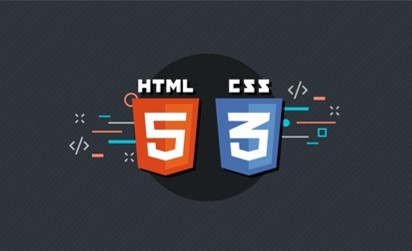
Web application development using HTML5 and CSS3 allows for the creation of modern, interactive, and
visually appealing websites. HTML5 provides the structure and semantics, while CSS3 enhances the design
and layout, enabling developers to build dynamic and responsive web applications that deliver an engaging
user experience.


















